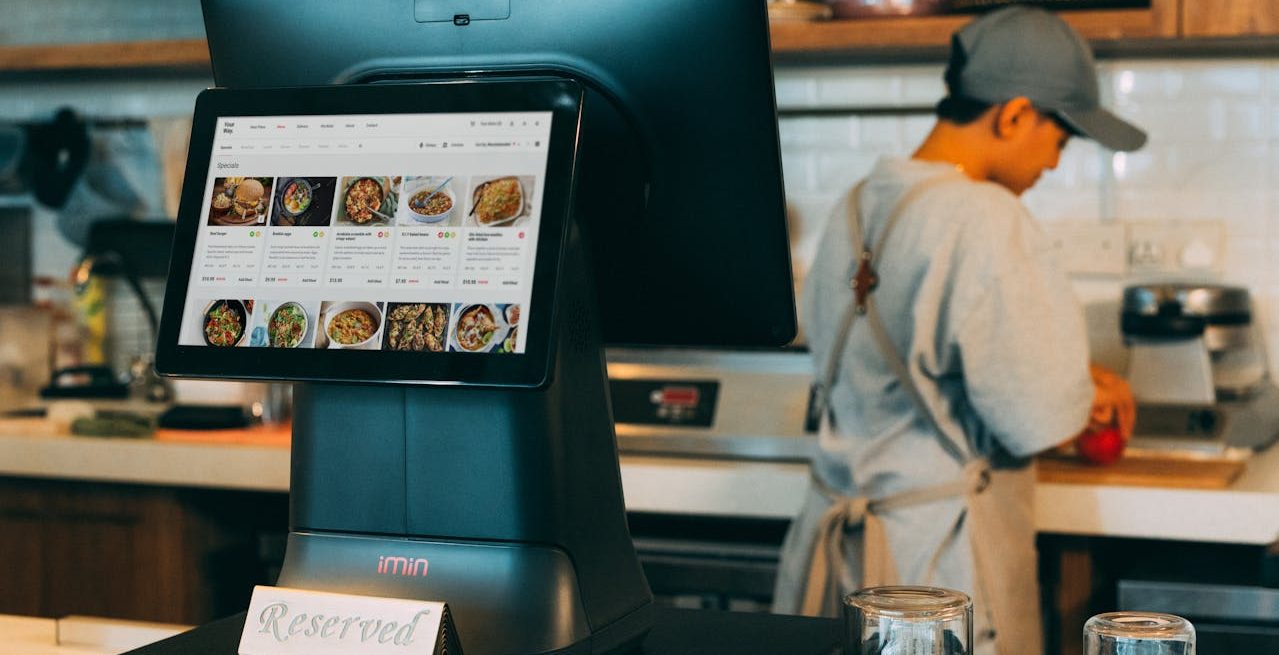Adopting Tech Solutions Is the Smartest Decision Restaurants Can Make
4 Min Read By Dallas Henderson
Sweetgreen implemented tech solutions to improve their operations, boost sustainability, and personalize customers’ experiences. Chick-fil-A and Starbucks launched apps that make their consumers’ journeys more convenient, efficient, and enjoyable. Hot Palette Holdings uses AI to improve their forecasting, optimize inventory, and reduce waste.
As these restaurants (and others) have discovered, technology has become instrumental in improving their safety and quality programs, increasing compliance, keeping up with ever-changing regulations, improving the customer experience, and differentiating themselves from the competition. In fact, when restaurants adopt tech solutions, it can significantly improve every aspect of their business operations.
For instance, technology can help restaurants:
Optimize operations. As many restaurants already know, tech solutions are an absolute game-changer. Innovative tech tools, like AI, can improve forecasting, inventory management…
Sorry, You've Reached Your Article Limit.
Register for free with our site to get unlimited articles.
Already registered? Sign in!


